Tag: Nordic Larp Yearbook
-
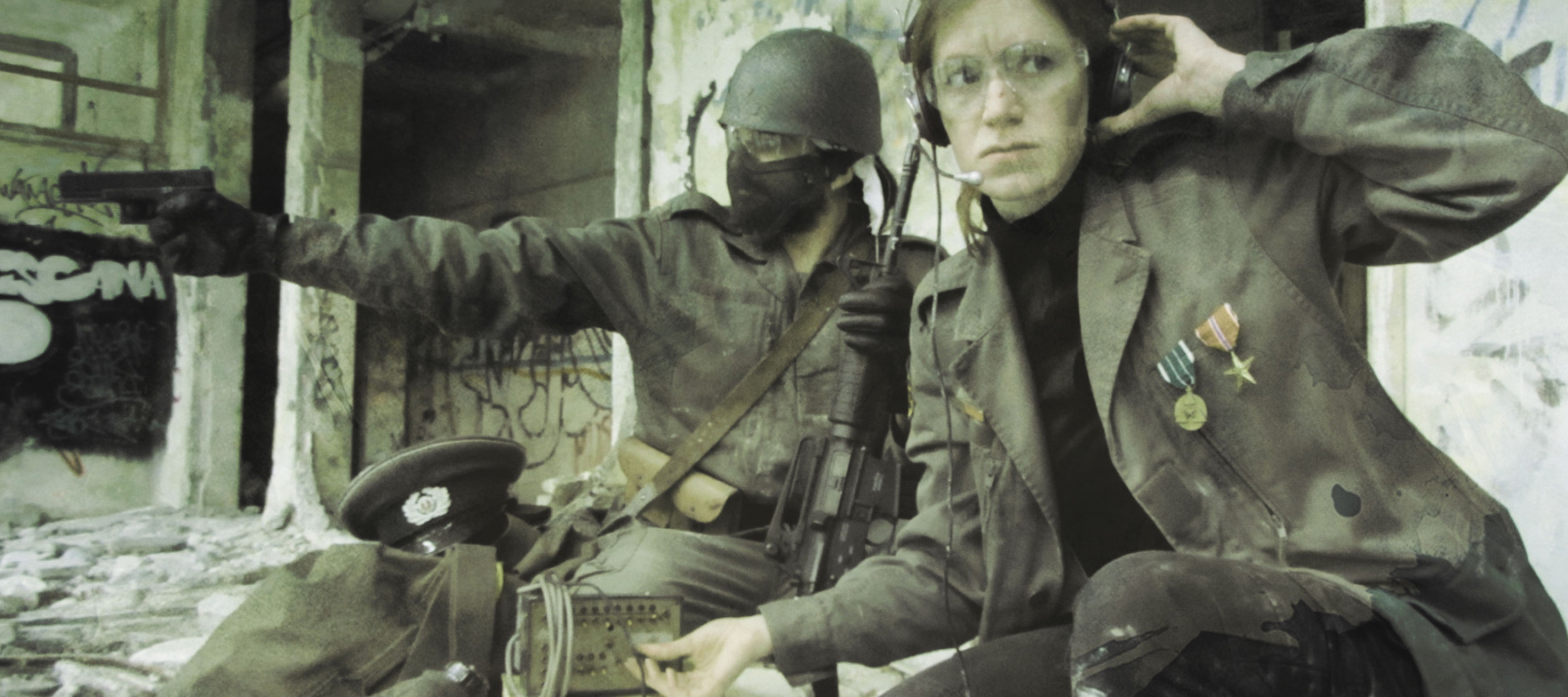
NEXUS-6 – Narrativist Airsoft
Nordic larp is taking France by slow-motion storm. After experiencing the awesomeness, people are setting up re-runs of classics such as Mad about the Boy and Just a Little Lovin’. The next logical step was to make our own stuff, and NEXUS-6 was one of the first humble attempts.
-
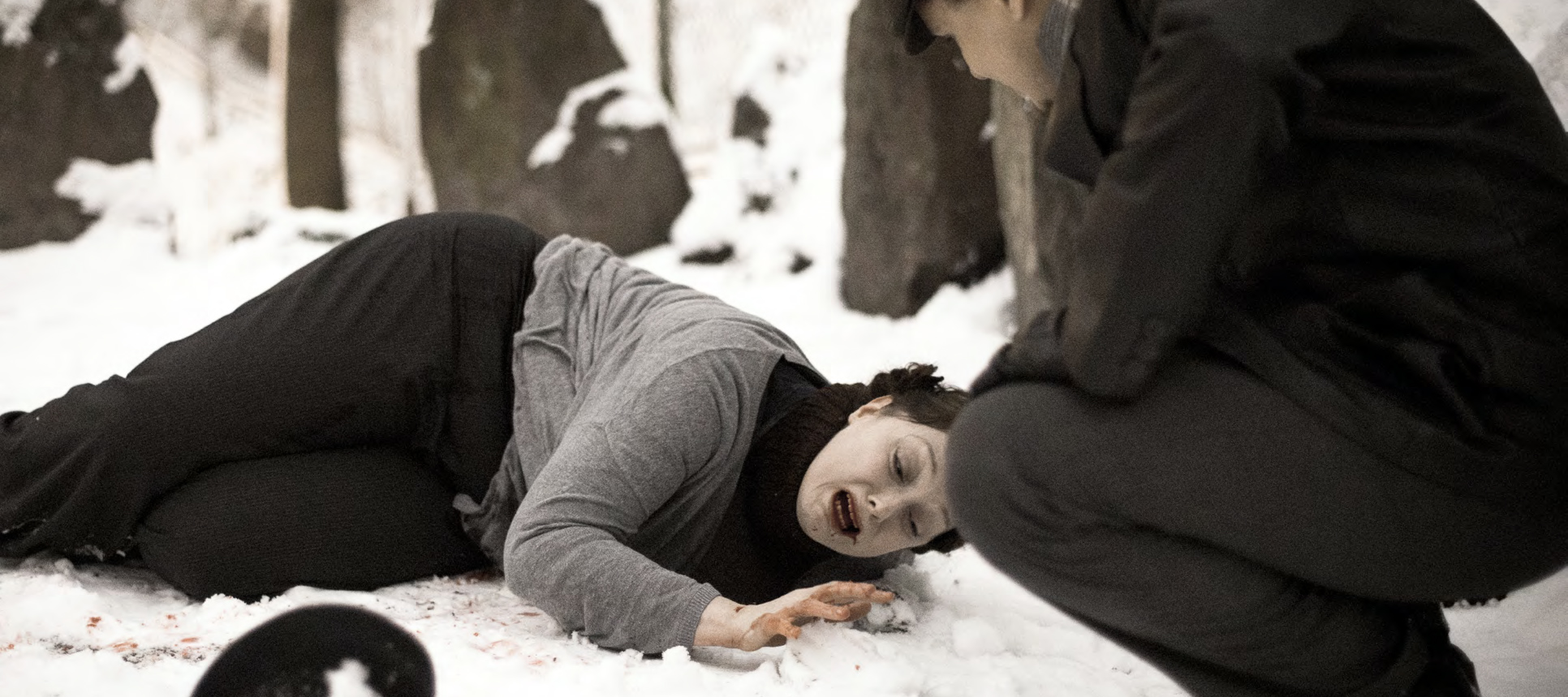
Tonnin Stiflat: Season One – To Booze or Not to Booze…
Setting Helsinki in the 1920’s: urbanization, the admiring gaze towards Europe; jazz and lipstick, daring women entering the public sphere; a country divided by the bitter civil war in 1918; prohibition and the tsunami of illegal alcohol and booze-related crimes. The perfect setting for a larp, and as Niina had published two novels set in
-
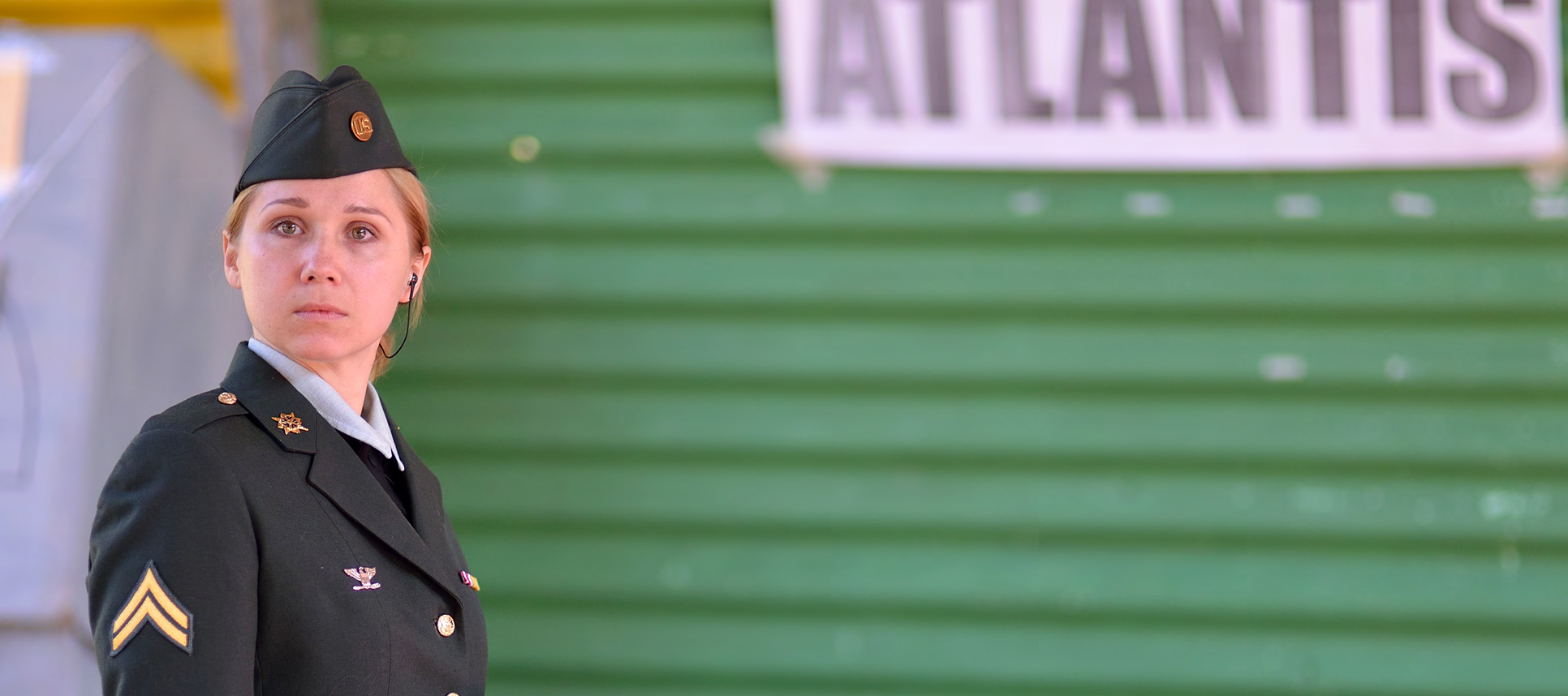
Ticket to Atlantis – Fear, Love, Death, Life…
Atlantis is a small town in Washington, USA. It’s surrounded by woods, has no phone line, and the mail service works poorly. The only way to come there is by the railway, and the train is the only way to leave. The ticket office is closed, and the quizzical Conductor (somewhat resembling O. G. Grant)
-
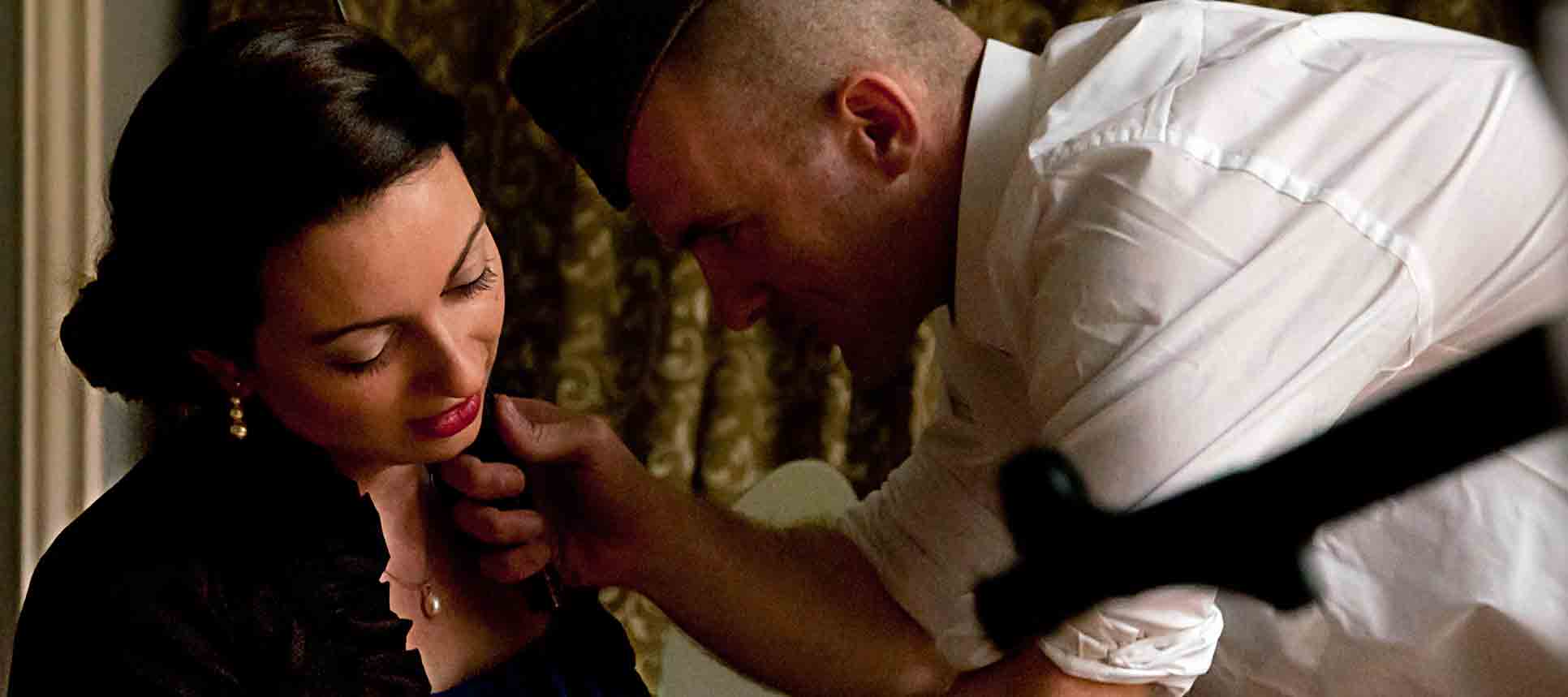
Salon Moravia – Cabaret for Women Only
The door shut and he was gone. At that moment, Evžénie forgot his rank. But she would never forget his short moustache waving over her, how the lips under it were feverishly mumbling something in that repulsive language. How he snorted when he humped. She slid down to the floor. Her back against the wall,
-

Saint Summer – A 60’s Tale of Music and Hope
Genre: Rock operaTheme: Utopia and its FallSetting: Rock’n’Roll festival in the late 1960’s, USSources: Aldous Huxley ‘The Island’, Jesus Christ Superstar, Platoon, Hair. The Messiah has been gone for two millennia. The times of rock star messiahs ended half a century ago. We have mass communication galore, but the same questions still stand. In this
-
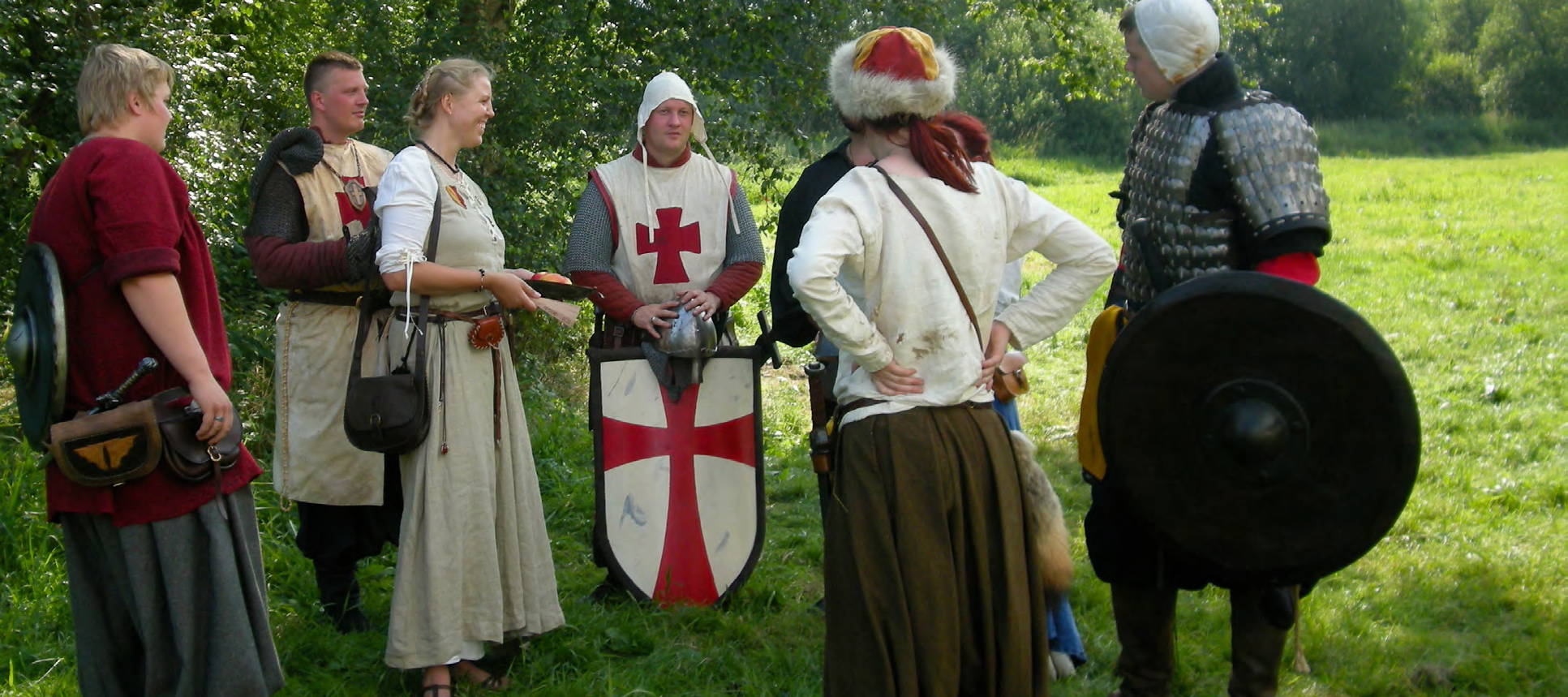
Nemefrego 2014 – Old School Fantasy with New Ideas
Since 1995, the Danish non-profit organization Einherjerne has made one large fantasy larp in the summer with 100-300 participants. Every larp has built on the experiences of the earlier years, with core elements of the larp being a village surrounded by a magical forest inhabited by mythical creatures. This is the Nemefrego larp series, that
-
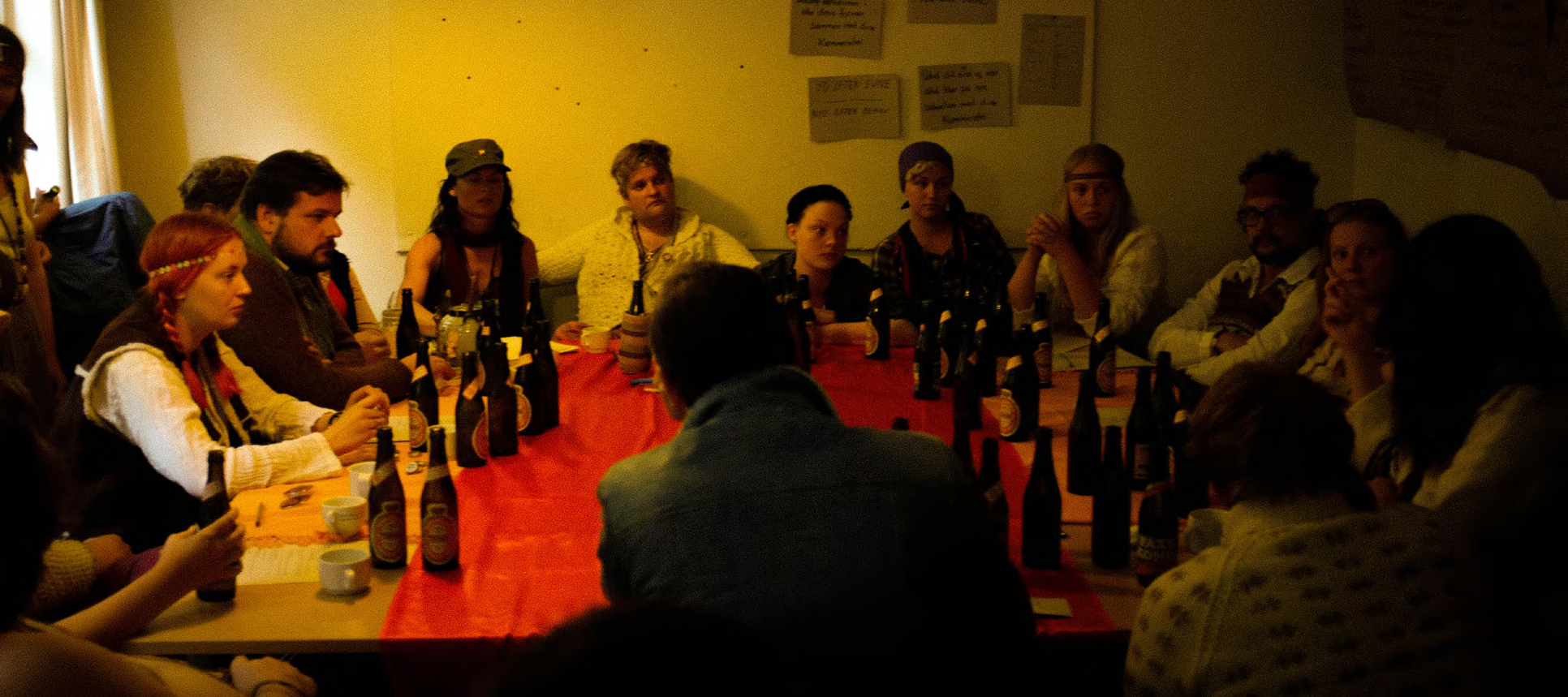
Morgenrøde – A Game at the Dawning of the Age of Aquarius
Morgenrøde (Morning Red) was our take on the Danish hippie movement. Through three acts, 31 players portrayed the peak of the Danish hippie community and their endeavors to establish Denmark’s first grand commune: Morgenrøde – the utopia of their dreams. Spanning the late 60’es and the early 70’es, the game showed the communes rise and
-
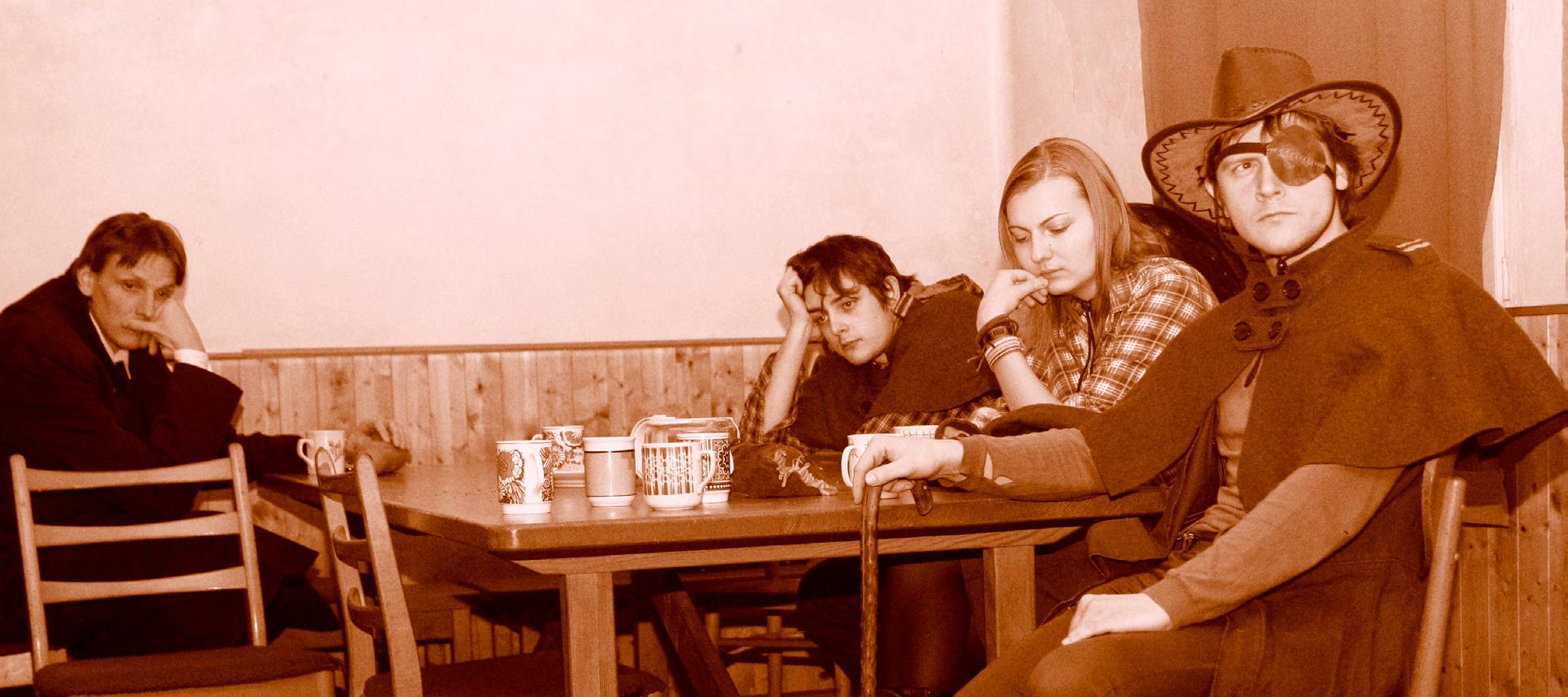
Moon – A Firefly Larp Not Exactly about Firefly
How we created a Firefly larp, not exactly about Firefly One day the world became too small for all of us. Then we started to settle other planets. Terraformation begun. Things changed. Lot of us became adventures, seeking freedom and independence. But with great power comes great responsibility… None of us had an idea of
-
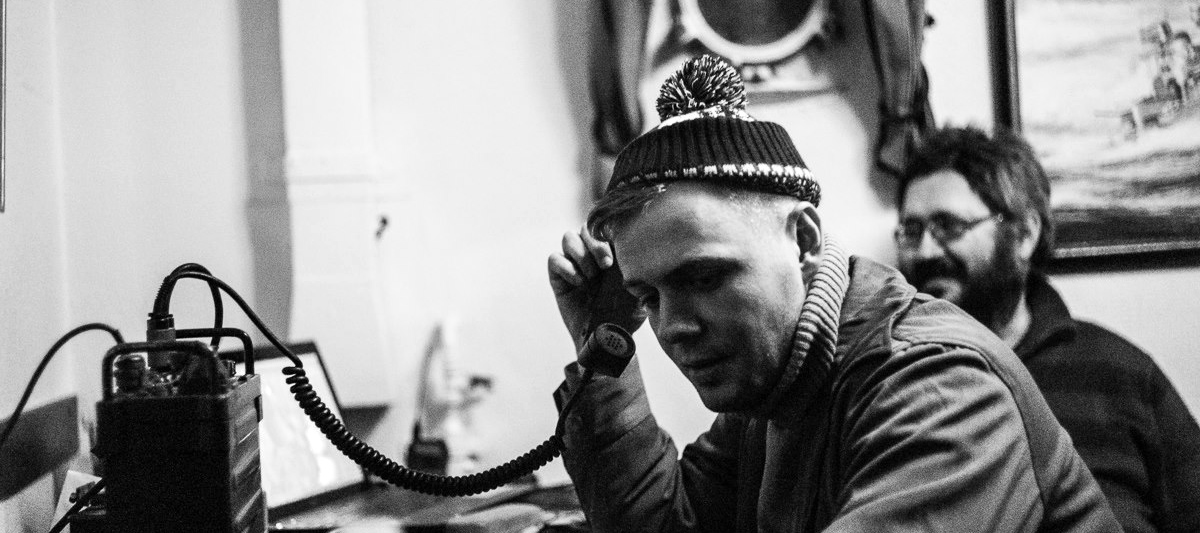
Mare Incognitum – Trapped in the Ice
The Fate of the M/S Lyckan Our story took place aboard the M/S Lyckan, a former German navy freighter with a horrific history of atrocities. A research expedition to Kirkenes in Norway had unearthed a strange statuette, which was brought on board during M/S Lyckan’s last journey out of Kirkenes for the winter. Aboard were
-
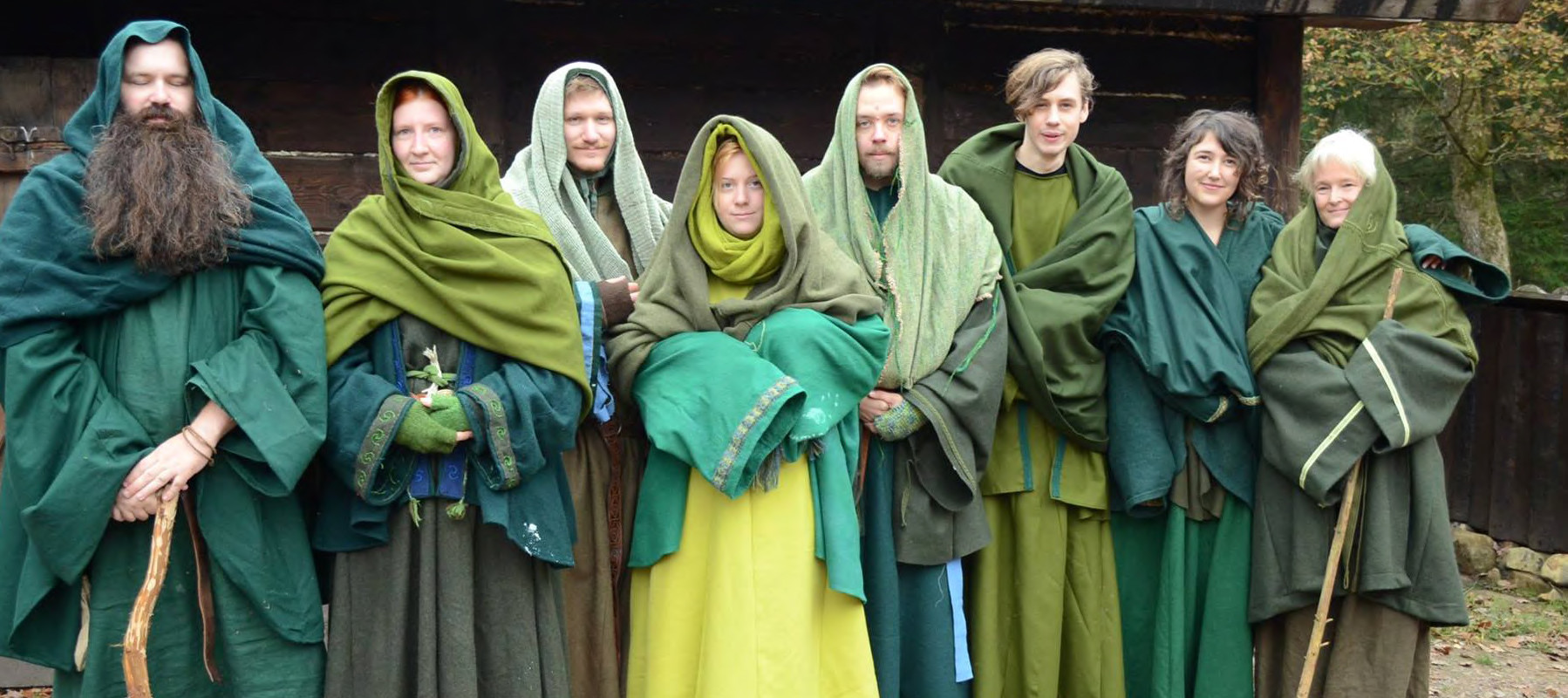
Livsgäld – Fantasy with Gender Elements
Livsgäld, translated roughly as “the price you pay for your life”, was a low-fantasy larp held in November, 2014, in Halmstad, Sweden. The larp was played in Swedish, had 40 participants, three non-player characters and four organizers. The spots for the players were given out through a lottery process, where participants first signed up over…